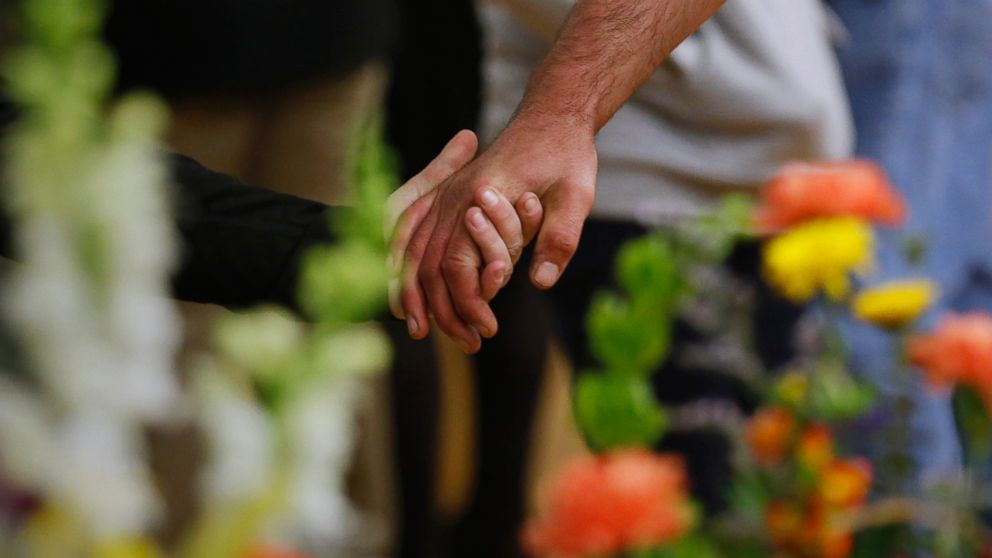US Suicide Rate Increases 24 Percent Over 15 Years, CDC Study Finds
CDC report found suicide rates have been rising every year.

— -- Suicide rates are rising at an alarming pace in America, according to a new report released today by the U.S. Centers for Disease Control and Prevention.
From 1999 to 2014, suicide rates have been rising approximately 1 to 2 percent every year, according to the report by the National Center for Health Statistics at the CDC. The rise is a marked change from the previous decade when the suicide rates were going down.
The suicide rate went up 24 percent between 1999 and 2014, from 10.5 per 100,000 people to 13 per 1000,000 people, according to the CDC.
“We don’t know why. We would like to know why,” Jane Pearson, chair of the Suicide Research Consortium at National Institute of Mental Health, told ABC News. “Knowing it’s going up, we are concerned, but we are not surprised because we have seen this trend happening.”
Pearson said the increase was not a huge jump in context but that it was concerning.
The increase has affected both men and women, with suicide rates rising among both groups under the age of 75, according to the report.
Suicide rates for middle-aged women between the ages of 45 to 64 increased greatly, rising from 6 suicides per 100,000 women in 1999 to 9.8 per 100,000 -- a 63 percent increase. For men, suicide rates were highest for those over 75, with approximately 38 suicides reported for every 100,000 men in 2014, according to the report.
However, middle-aged men between the ages of 45 to 64 saw the greatest rise in suicide rates among males. That age group saw a 43 percent increase, from 20.8 suicides per 100,000 men in 1999 to 29.7 suicides per 100,000 men in 2014, according to the study.
Specific racial and ethnic groups also suffered disproportionately. Suicides among American Indian or Alaska Native women rose a whopping 89 percent, from 4.6 per 100,000 in 1999 to 8 per 100,000 in 2014.
Pearson said she felt there was not enough funding to study and prevent suicide.
“For the tenth leading cause of death, it’s a relatively underfunded area,” Pearson said, emphasizing the need for more research. “How do we make kids stronger, more resilient ... so they can handle all kinds of life stresses?"
Dr. Russell Rothman, a primary care physician and assistant vice chancellor for population health research at Vanderbilt University Medical Center, said the rise is particularly worrying after public health initiatives to address suicide.
"The fact that we’re seeing increasing rates particularly among women -- it’s probably multifactorially related to economic pressure, social pressure, our culture around acceptance [and stigma] of suicide," Rothman said.
There has been some movement to bring up mental health issues, Rothman noted, particularity those associated with suicide, such as depression, during routine medical care visits.
"There’s much more focus on mental health issues," he said.
Most people who commit suicide are suffering from mental health or substance use disorders, researchers said. “It can range from 50 to 60 percent in younger people up to 80 to 90 percent in adults and older adults,” Pearson said.
Among children, many may have underlying problems that are not diagnosed.
Sally Curtin, statistician at the NCHS and one of the report’s authors, said that this report may actually underestimate how pervasive suicide attempts are in the U.S.
"What we are measuring here is suicide death," Curtin told ABC News. "We do know that the deaths are the tip of the iceberg for the public health issue. There are many more attempts and hospitalizations.”